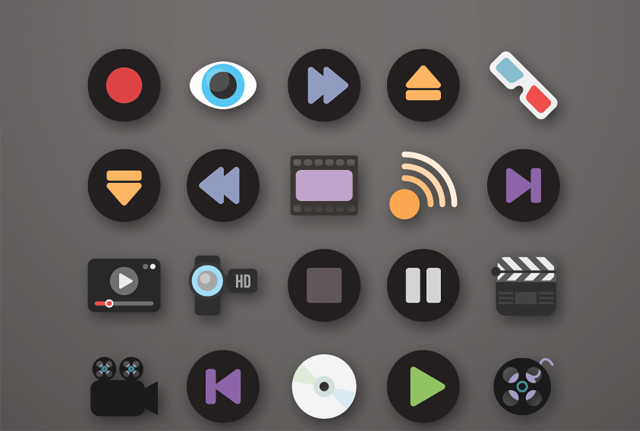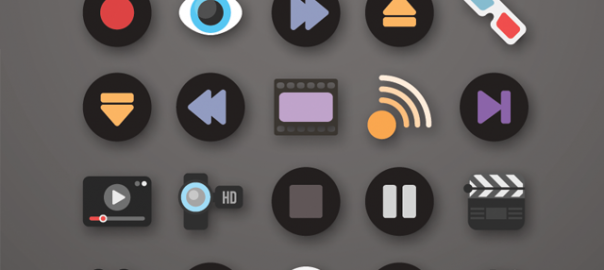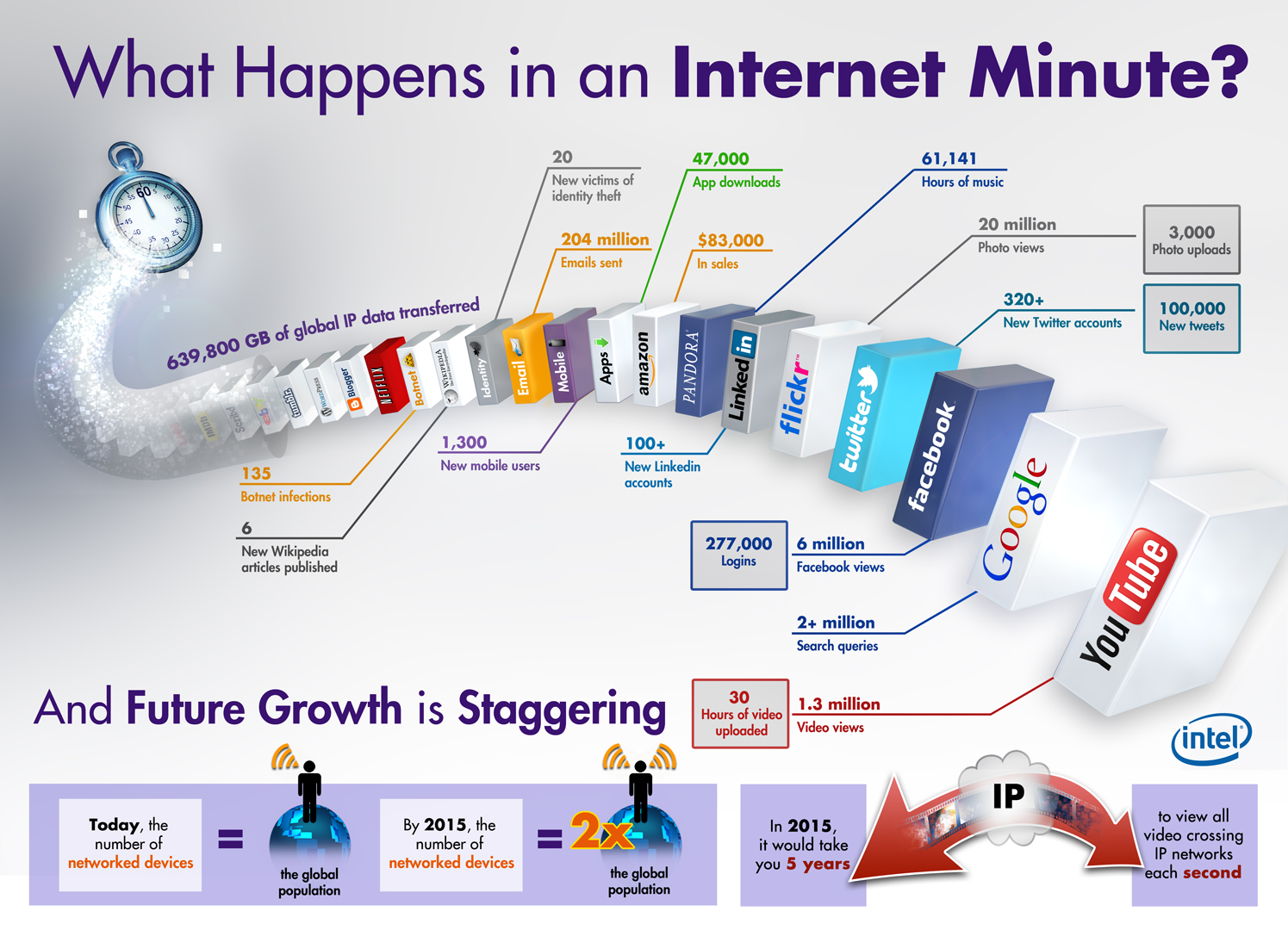
With the digital advertising market on the rise, many advertisers and agencies are seeking partners that can provide interactive ad delivery/serving capabilities alongside their traditional methods. This is all in the interest of cutting costs and streamlining campaigns, making for more effective and nimble marketing efforts.
By unifying their online and offline advertising distribution options, advertisers and agencies aim to:
- Maximize their reach
- More precisely target their audience by geography, demographics and interests
- Streamline and simplify their marketing and advertising processes
- Increase brand/message consistency across all platforms
- Reduce overall costs
- Maintain creative quality
- Coordinate online/offline media
Mobile has grown up…
Originally, mobile advertising was seen as a type of interactive ad, but with the decrease in the cost of mobile data plans, HTML5 enabling dynamically-resizing ads, and the increased distribution of smart phones – mobile advertising has come into its own as an essential category.
Advertising on mobile platforms borrows from all the other sectors, with elements from broadcast, print and rich media playing their part. Mobile ads can be static images or interactive videos, but must remain platform-agnostic so they can be consumed across different mobile devices.
Variants of mobile advertising include:
- In-app banners – banners or calls-to-action displayed in some apps
- Mobile rich media – built using the IAB’s MRAID API, these rich media ads run in mobile apps and are designed to work with HTML 5 and Javascript
- In-Stream video – Ads served directly to an online video platform’s player. Importantly, this category excludes display banner ads, or other video ads that are simply embedded in-page. Again, these are platform-agnostic, but the industry is still working on reliable ways to track user interactions with the video ad when using mobile devices.
- Linear and non-linear video – Linear video ads appear before, after, or during video content (pre-roll, post-roll, mid-roll), while non-linear video ads play in parallel with the video content, usually via an overlay.
- Static images – Sized, or dynamically resized for the screens found on mobile devices
- Text Campaigns – subscription to texted lists.
Did you know?
- 75% of users remember the brand after viewing an online ad banner ad in conjunction with a broadcast spot
- Banner ad spending will rise from $ 8.68 billion in 2012 to $ 11.29 billion in 2016
- YouTube has on average 600 million mobile and 4 billion online world wide impressions daily
- Nearly 6 trillion display ad impressions were delivered across the web in 2012
- More and more agencies are focusing on an integrated approach to campaign data
New tech frontier
The majority of new televisions, Blu-ray players, and AV receivers come with internet capability and applications such as Netflix, YouTube and browsers. It’s nothing new to expect an element of digital and/or interactive when we purchase a new piece of technology.
Big moves that indicate what the future will be like:
- Sony is planning a Cloud-based streaming TV service, hoping to combine the strengths of its content divisions with its popular gaming capabilities, all served through its own consumer electronic devices
- Apple and Google both have been reaching out to programmers for content licensing deals
- Nearly a quarter of all US households currently have and use internet-connected TV, and by the end of 2013 it was expected that percentage would reach 30% (via eMarketer).
- Pointroll has been experimenting with running in-stream video ads on internet-capable televisions and Blu-ray players. The ads will see tvc’s working similarly to online video advertising, pausing the programming, and overlaying the ad to produce an interruptive experience.
CONCLUSION
To stay relevant in the conversation with their potential customers, and manage the many channels for communicating with them, advertisers and agencies must engage in and employ new technologies. additionally they have to focus on data and reporting analysis in choosing which channels are pertinent for the conversation they want to have with consumers.
What are your thoughts?
For more insight into how the industry has changed, view our free eBook showcasing 70 years of TV advertising production.
Digital & Social Articles on Business 2 Community
(283)





